Friday, February 21. 2014
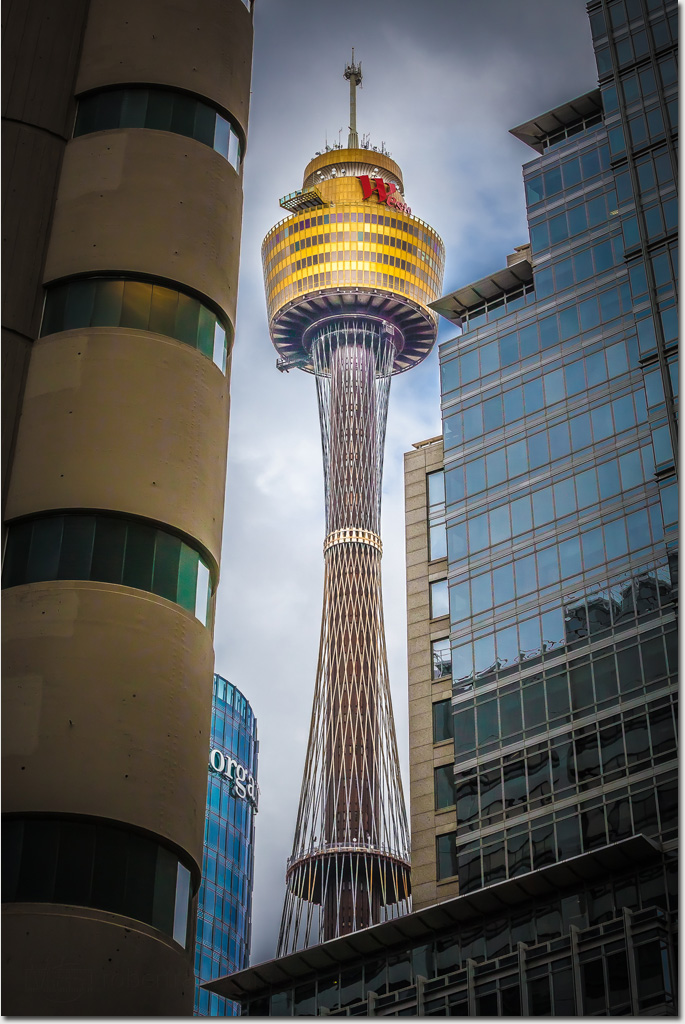
Of all the times I have visited this big brash party town called Sydney I have not yet got to the centre of of it all.
To this day, Centrepoint, or Sydney Tower has eluded me. For one reason or another I have never made it to the top to experience what I am told are amazing panoramic views over Sydney, its harbour and the Blue Moutains in the distance.
Oh well, next time.
Photo: Robert Rath, 'Day 783, Un-Centred' 1/500 f/13 ISO320 70mm
Thursday, February 20. 2014
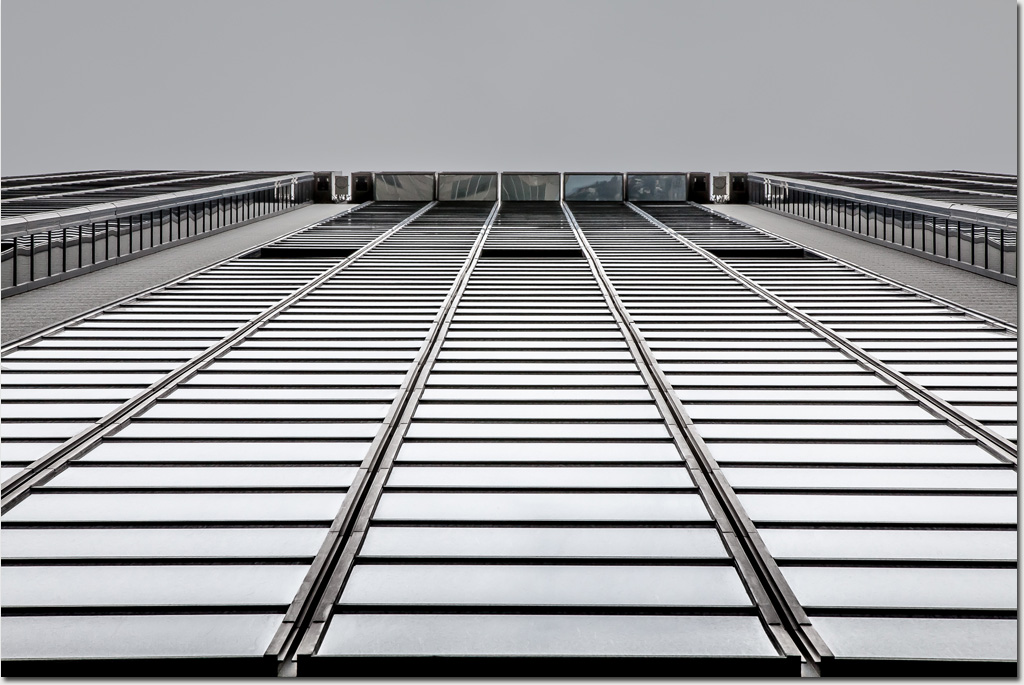
As much as I love natural landscapes I adore man made ones as well.
As solid as an urban landscape may seem however, time will eventually bring it down.
Photo: Robert Rath, 'Day 782, What Goes Up' 1/320s f/22 ISO320 200mm
Wednesday, February 19. 2014
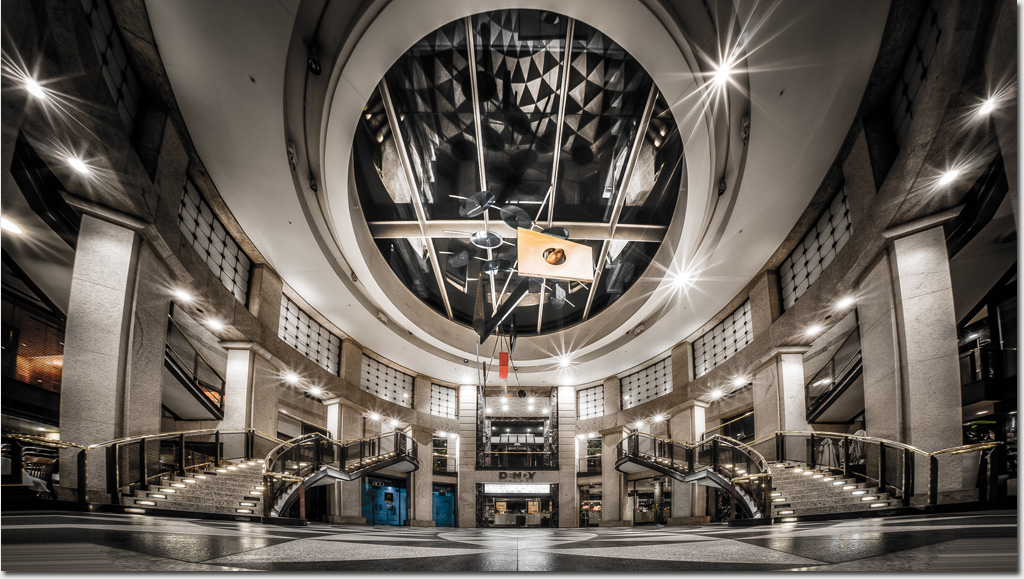
I loved the palatial feel of the DeNdY cinema so much that it deserved a snapshot.
Pity there was nothing on worth seeing making this definitely the better show!
Photo: Robert Rath, 'Day 781, DeNdY' 2.5s f/14 ISO100 15mm
Tuesday, February 18. 2014
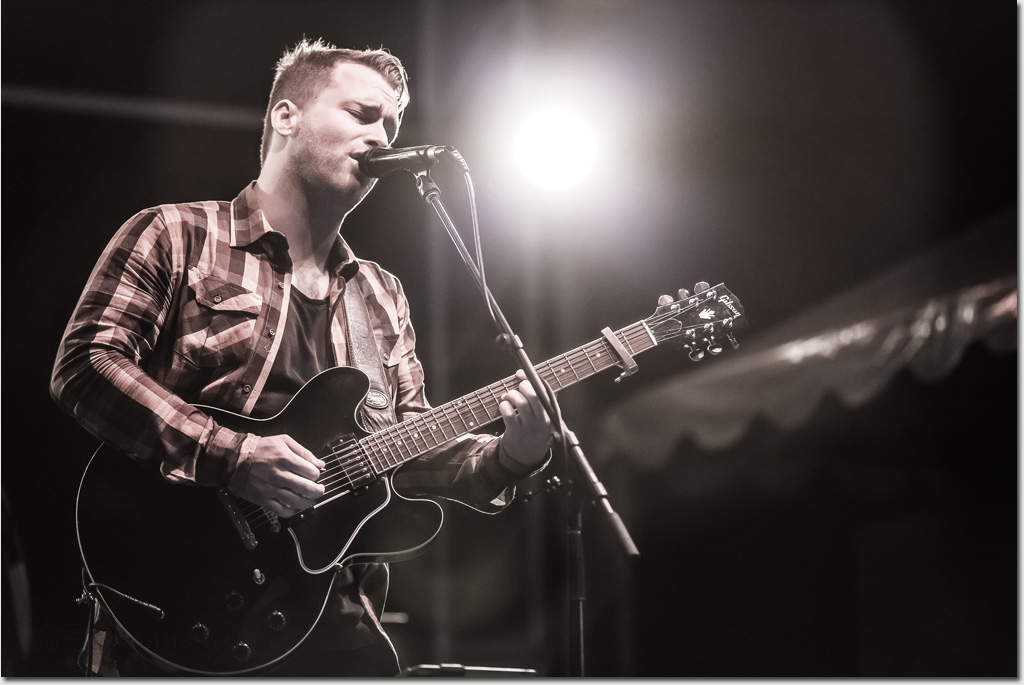
Ash Gale hitting his stride on the Victoria Square stage as part of the Adelaide Fringe festivities.
We never never expected to find ourselves at the Adelaide Royal Croquet Club around midnight kicking back to the rock anthem sound of Ash and his band.
Wonderful things happen when you find yourself in the city with no agenda other than to have a great time.
Photo: Robert Rath, 'Day 780, Ash Gale' 1/200s f/2.8 ISO1600 155mm
Monday, February 17. 2014

Like a dreamy walk through an ethereal forest there is something surreal in this place where made made becomes something almost natural.
This forest of jetty pylons is as alien to this world as flying fish would in ours but somehow is all seems juts as it should be.
Photo: Robert Rath, 'Day 779, Ethereal Forest' 1/100s f/5.6 ISO320 15mm
Sunday, February 16. 2014
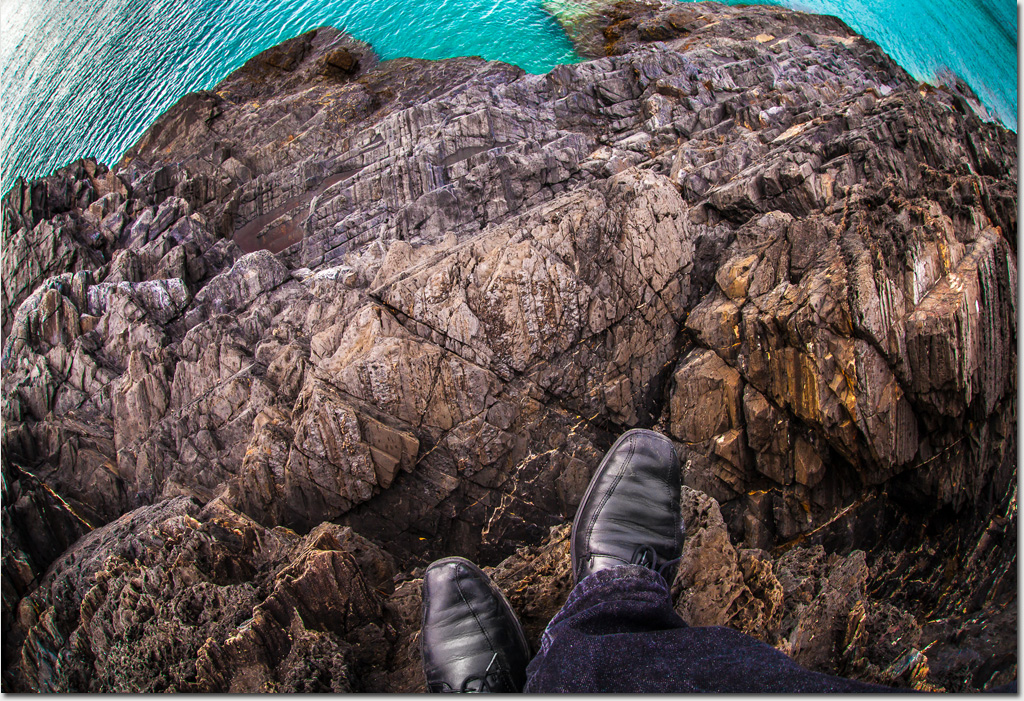
Not as scary as it looks, looking down from the cliffs that skirt the ocean between Second Valley and Rapid Bay.
This hidden and beautiful part of our local coastline has an almost 'secret garden' feel.
To get there is not all that hard. A willingness to scramble up and around 45 degree rocky cliff faces is all you need to find secret coves with sandy beaches that you can have all to you self.
Just make sure you don't look down, ... oops too late.
Photo: Robert Rath, 'Day 778, Precipice' 1/160s f/16 ISO160 15mm
Saturday, February 15. 2014
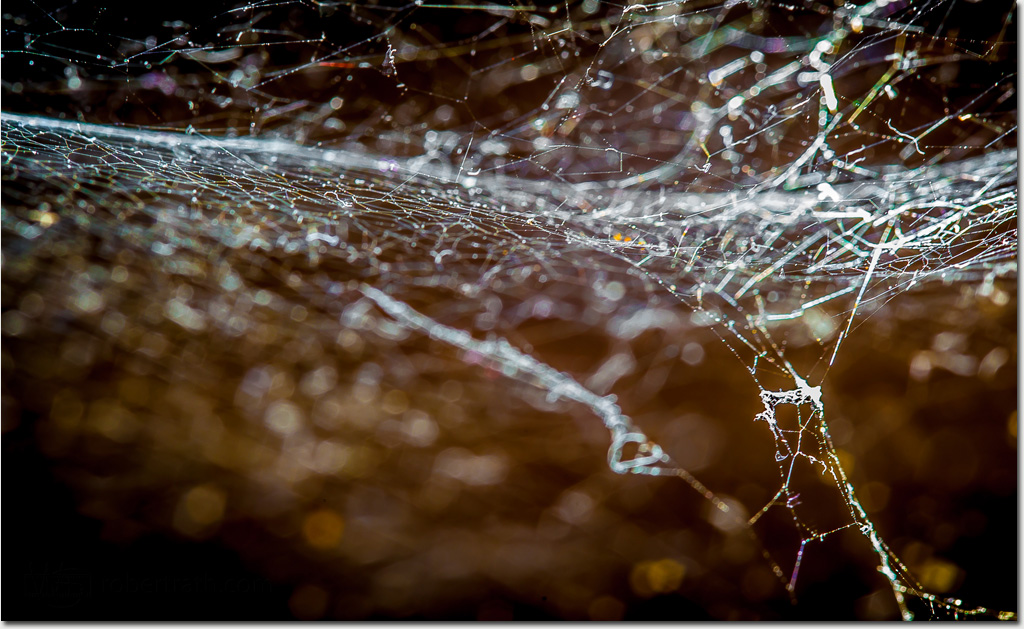
Like a stretched canvas shade this gossamer thin canopy twisted like a geometric saddle and glistened in the afternoon sun.
On closer inspection the source of this web's stickiness was revealed in the tiny tiny droplets of arachnid superglue on each delicate thread.
Photo: Robert Rath, 'Day 777, Sticky Canopy' 6s f/16 ISO160 100mm
Friday, February 14. 2014
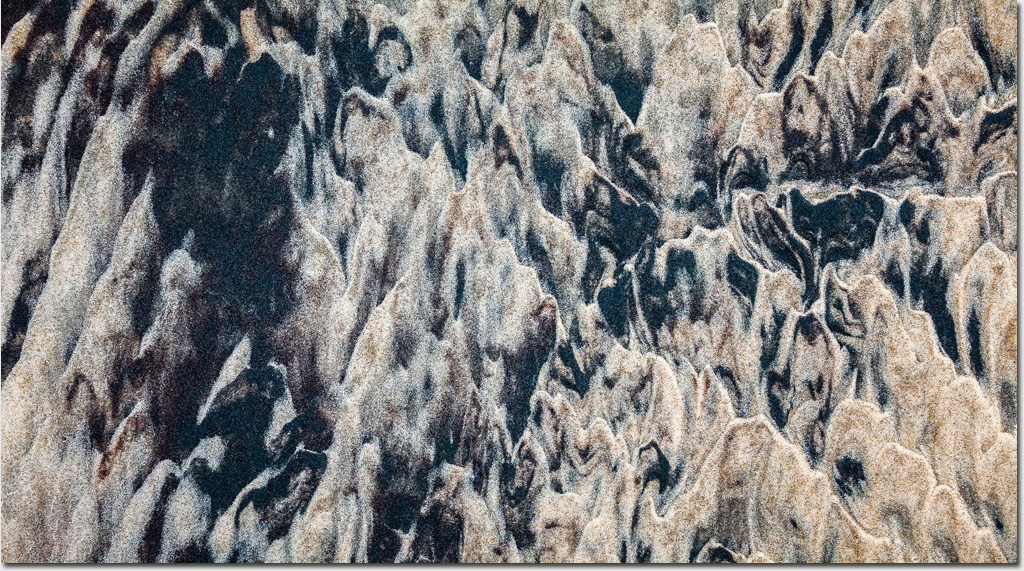
This could easily be an aerial shot of of some far north dried up salt lake if it were not for the almost black tones.
In fact this this abstract creation is the result of storm-water runoff onto the sand at Henley Beach revealing and mixing the dark colours from the rotting seaweed below.
Photo: Robert Rath, 'Day 776, Seaweed Abstract' 1/80s f/5.6 ISO1250 70mm
Thursday, February 13. 2014
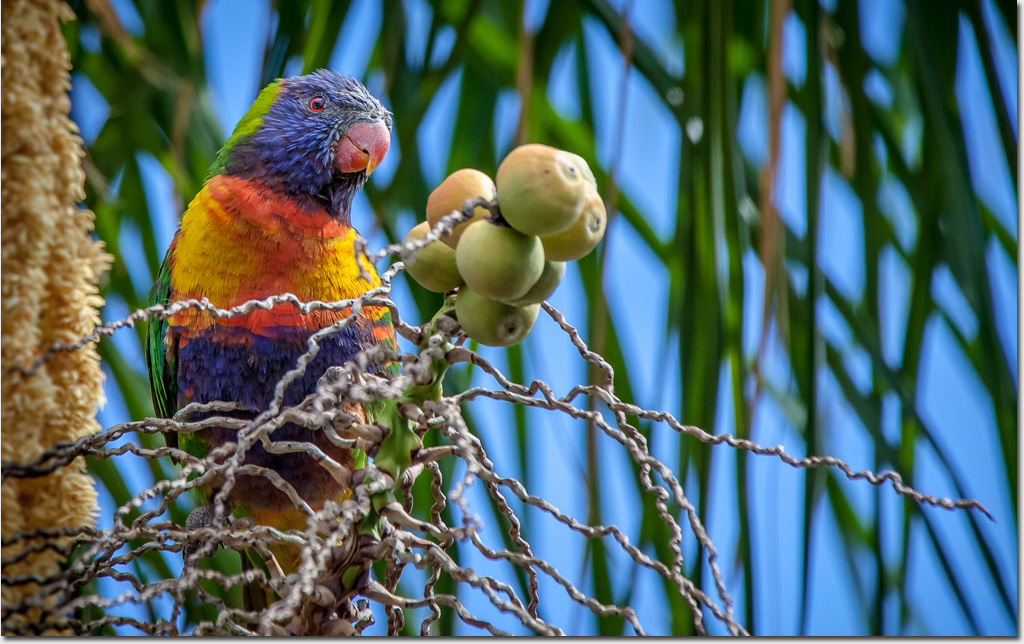
Now that the date palms are flowering we have a never ending stream of noisy guests eager for a meal.
The colourful Rainbow Lorikeet, Trichoglossus haematodus is the biggest culprit.
A single bird on its own is fine and quietly gets on with dinner. Two or more and it all disintegrates into a squabbling raucous!
Photo: Robert Rath, 'Day 775, Noisy Guest' 1/800s f/8 ISO640 400mm
Wednesday, February 12. 2014
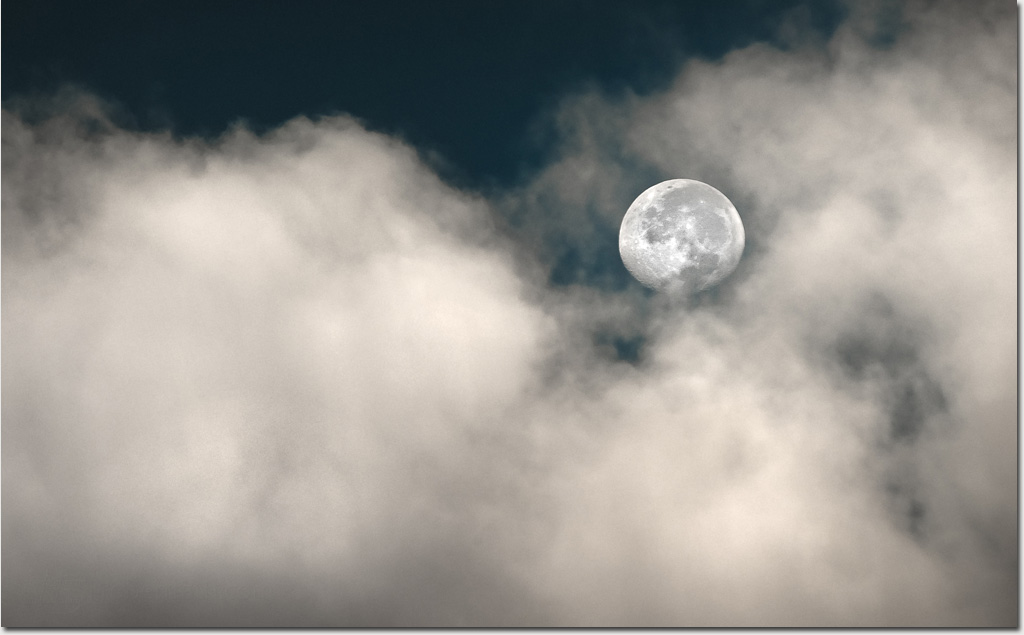
Like a precious gemstone wrapped in cotton wool, a waning gibbous moon descends into the clouds.
Photo: Robert Rath, 'Day 774, Moonstone' 1/800s f/8 ISO160 400mm
Tuesday, February 11. 2014
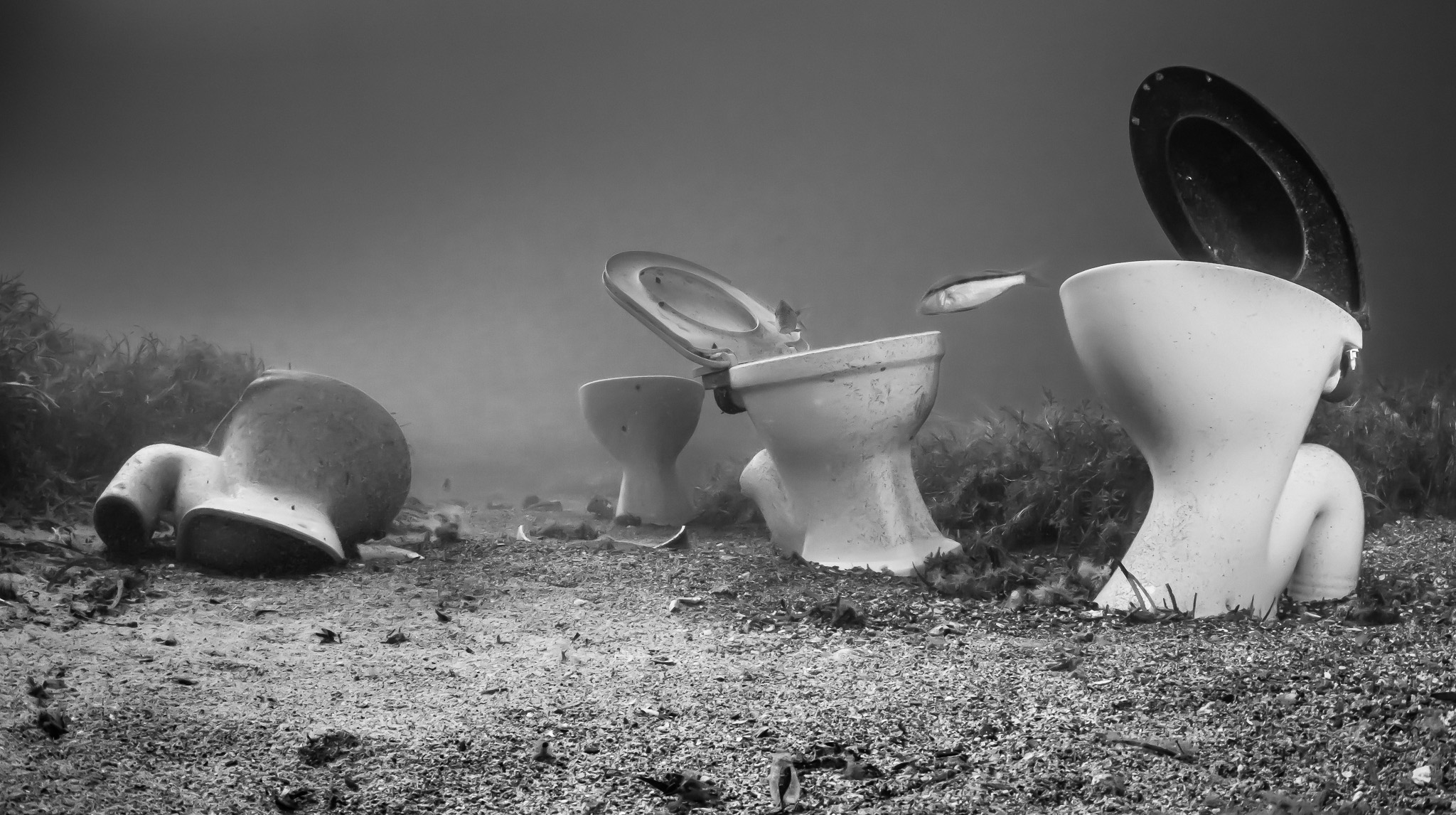
Today I stumbled upon a rare find, Porcelainus aquaticus or more commonly the Neptune Fish Trap.
Although Porcelainus aquaticus begins its life on dry land it needs to remain wet in order to feed and mature.
Many never make it to adulthood, ending up dry and abandoned in tips or deserted buildings but enough however do make to the ocean floor where they begin their adult life.
Unlike other ascidians the adult Neptune Fish Trap does not filter feed but waits in the ambush position, mouth agape, waiting for an unsuspecting fish to venture just a little too close.
In just a moment or too one of the fish traps will be having goatfish for dinner.
The complete lifecycle of Porcelainus aquaticus and how its young return to land remains a mystery to this day.
Photo: Robert Rath, 'Day 773, Neptune Fish Trap' 4s f/7.1 ISO400 15mm
Monday, February 10. 2014
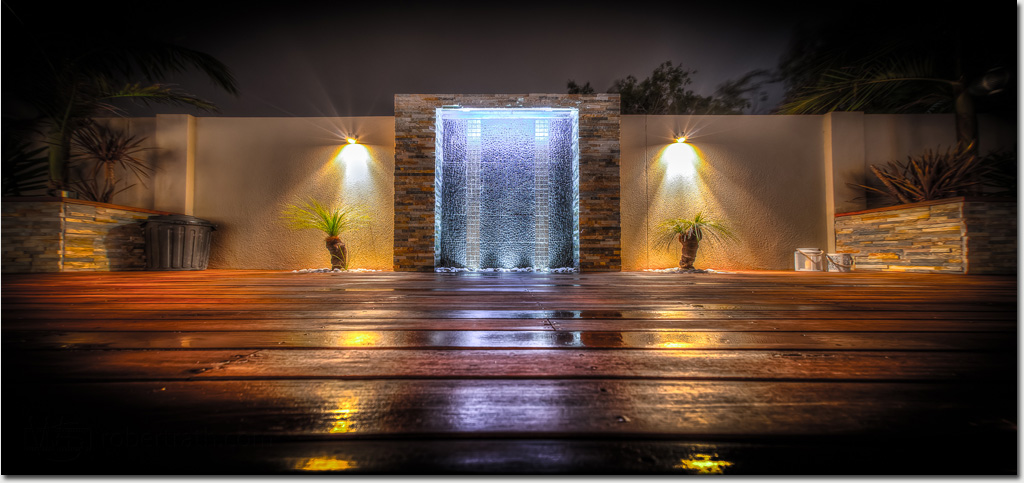
Tim never anticipated that two angels would appear at the completion of his creation and bless the young yaccas flanking his work.
Photo: Robert Rath, 'Day 772, Tim's Angels' 4s f/7.1 ISO400 15mm
Sunday, February 9. 2014
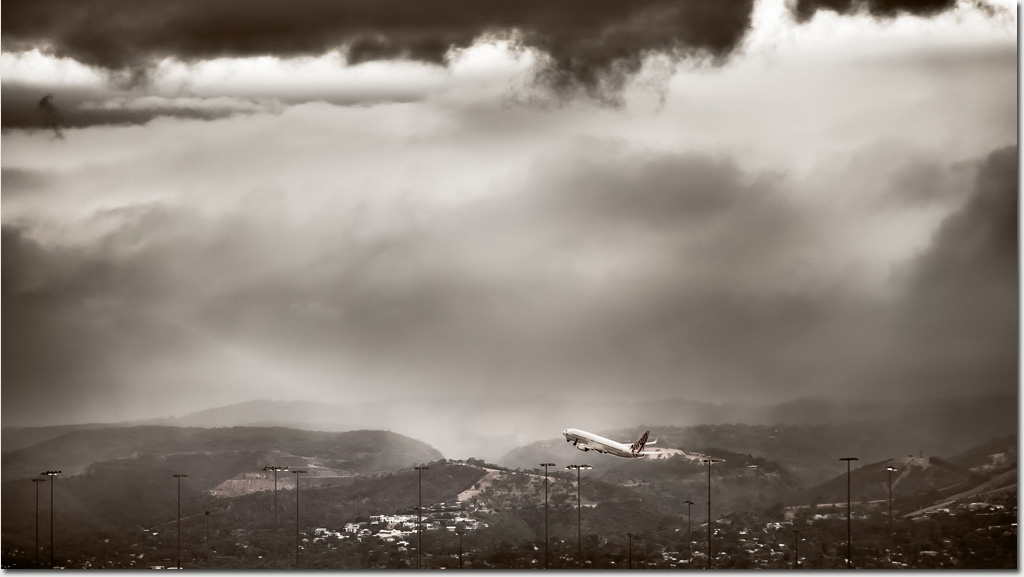
Hot on the heels of some of our hottest 45 degC days of summer has come torrential rains and flooding.
A symptom of climate change or just plain local extreme weather luck? In either case the real question remains unchanged. Are we really prepared to gamble with our climate.
Photo: Robert Rath, 'Day 771, The Change' 1/3200s f/4 ISO320 200mm
Saturday, February 8. 2014
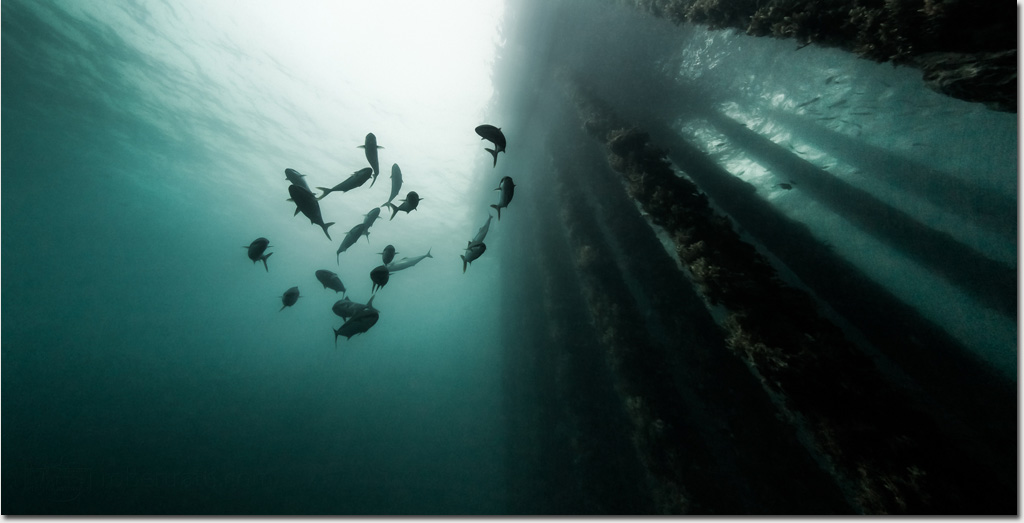
There are many reasons why Rapid Bay jetty is one of the best jetty dives in Australia. One of those things is depth.
At its deepest around 11m, it is one of our deepest recreational jetties being rivaled by only a few active commercial loading facilities.
With all that depth it is just a wonderful place to lay on the bottom and watch the world above me.
Photo: Robert Rath, 'Day 770, The World Above Me' 1/100s f/14 ISO320 15mm
Friday, February 7. 2014
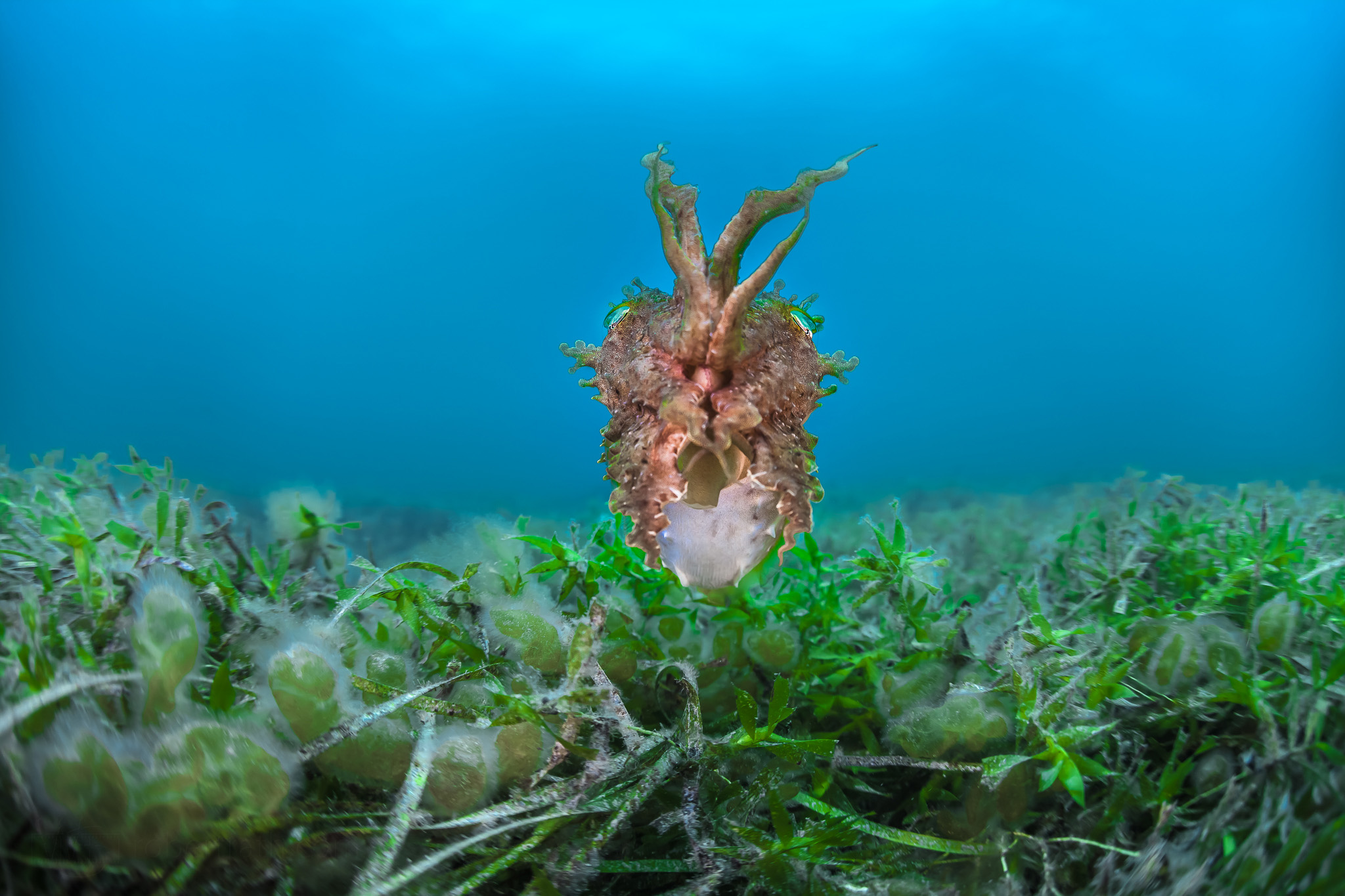
This little cuttlefish was not joking with body all bumpy and tentacles flaring.
Avast, cease, desist, come no closer or else!!
Well that message did not last long before it took off in a rear guard retreat.
Photo: Robert Rath, 'Day 769, Avast' 1/100s f/4 ISO320 15mm
Thursday, February 6. 2014
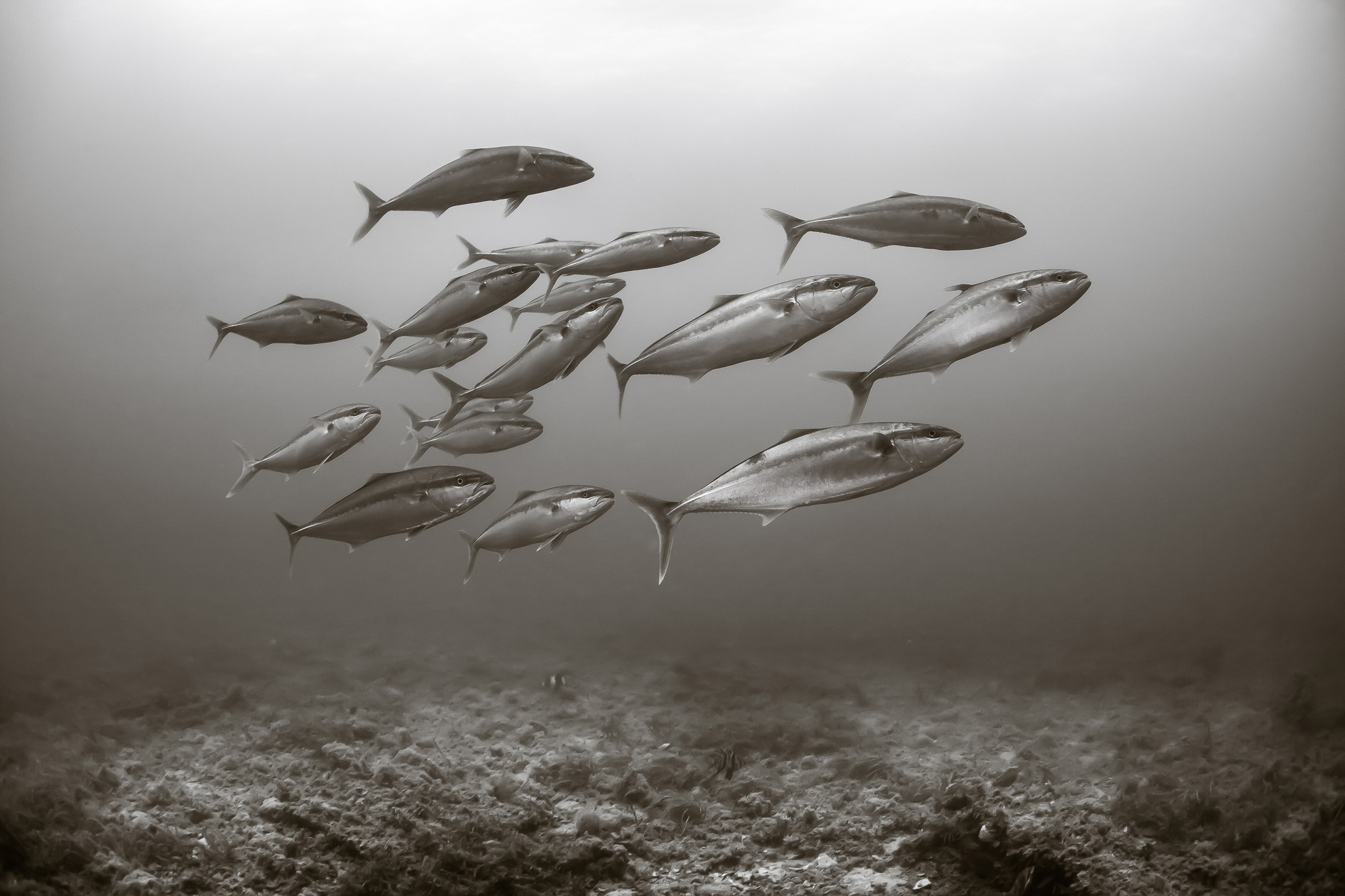
There is something wonderful when a school of big pelagics comes to visit you on a dive.
These Yellowtail Kingfish were part of a larger school which followed me around for a large part of my dive at Rapid Bay.
Seeing these fish up close I am struck at just how beautifully streamlined and powerful they are, unlike me, perfectly suited for their environment.
Photo: Robert Rath, 'Day 768, Yellowtail Kingfish' 1/100s f/8 ISO320 15mm
Wednesday, February 5. 2014
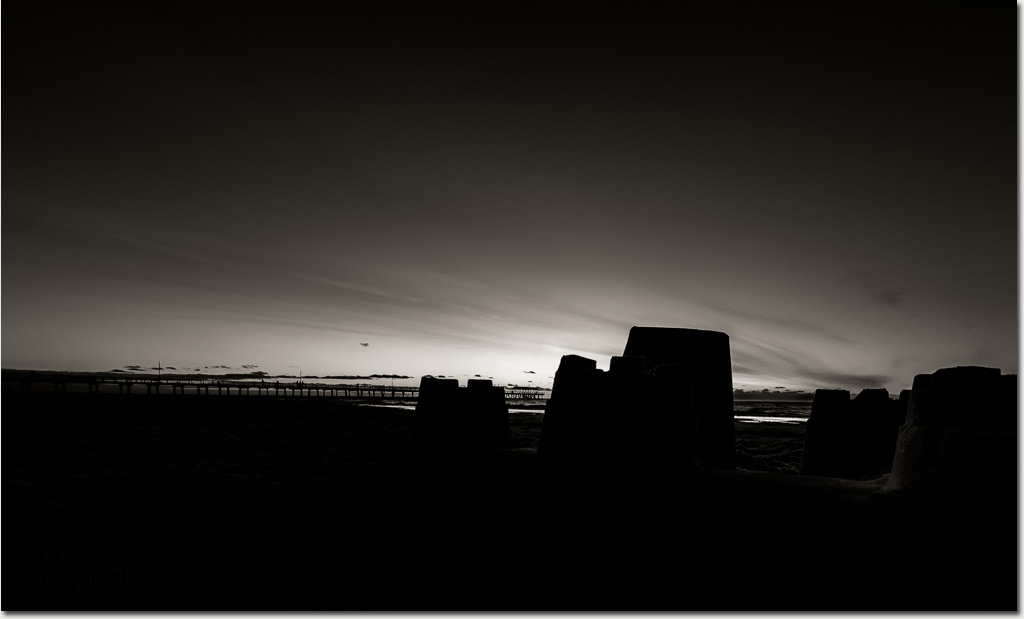
I spied a small city perilously close to a rising tide.
I sat for a while and imagined life within its fortifications, the rough hewn battlements with vigilant sentinel gaurds, the busy keep and a simpler time.
I was broken from my reverie when a small child ran up to me all excited that I should want to photograph her sand castle.
Photo: Robert Rath, 'Day 767, Sand Castle' 1/6s f/16 ISO320 15mm
Tuesday, February 4. 2014
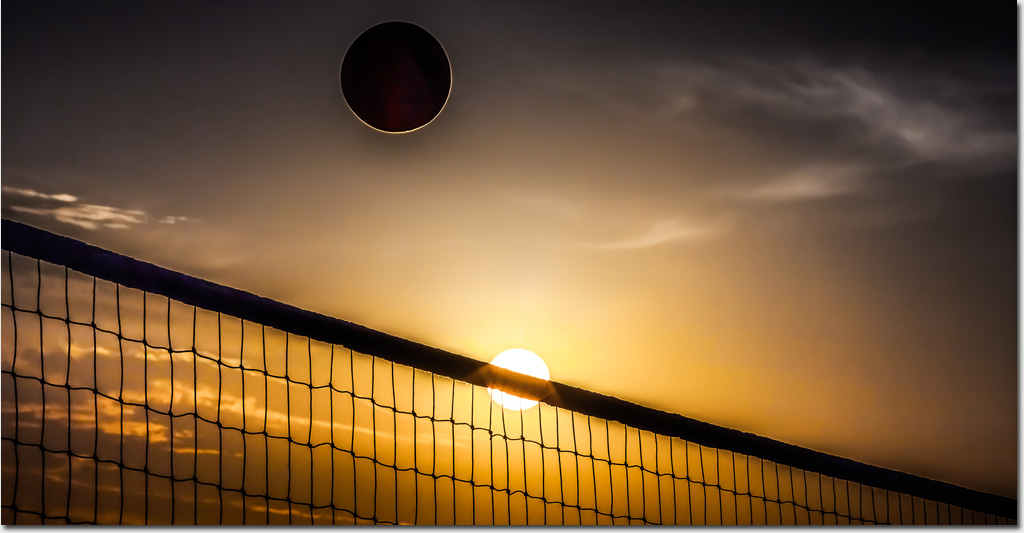
Two balls with very different stories but both very much in play.
One ball's players are obvious. I wonder who's playing with the other?
Photo: Robert Rath, 'Day 766, Balls In Play' 1/4000s f/22 ISO160 200mm
Monday, February 3. 2014

Tin Tin's just been through another significant operation and looking great despite his recent trauma.
There is an irony in this image with Jennifer at out local beach in that Tin Tin has never really liked the ocean. Beach and sand are fine, Seagulls are fun, penguins even better (a story for another time) but that water gives him the hebe gee bees.
For now he has to keep dry which suits him just fine. When he is healed again I am looking forward to swimming him out into deep water again and watching him beat Ian Thorpe back to the shore!
Photo: Robert Rath, 'Day 765, Scary Scary Ocean' 1/320s f/2.8 ISO640 200mm
Sunday, February 2. 2014
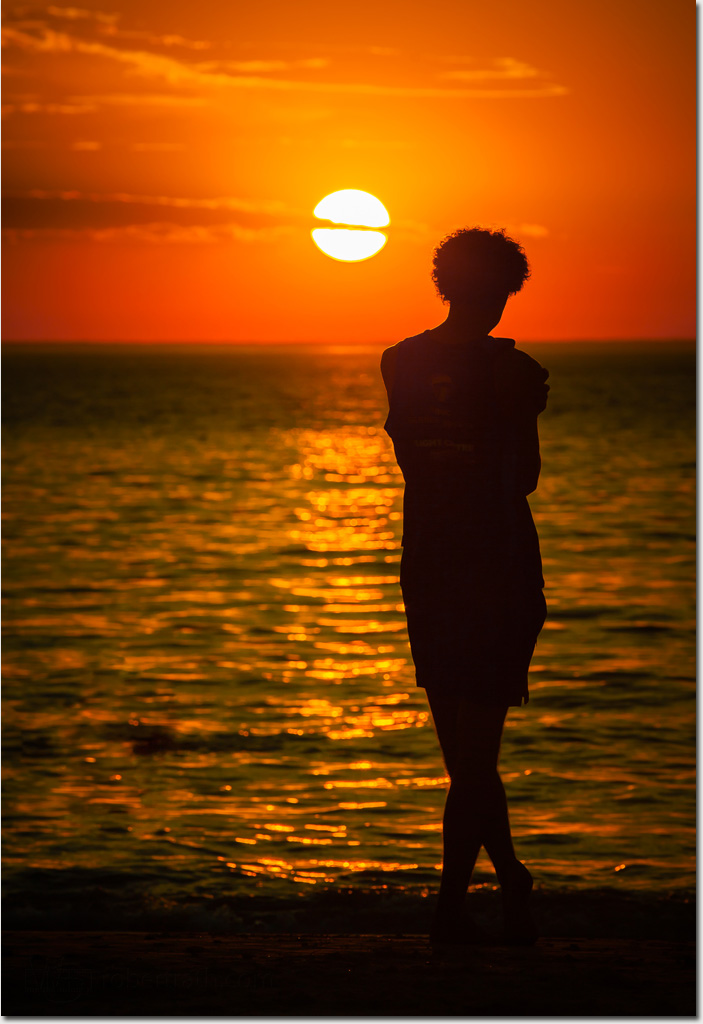
Those last moments before the sun descends beneath the waves have a special magic.
Eyes drawn to the horizon, staring into that distant fire, lost in contemplation.
Photo: Robert Rath, 'Day 764, Contemplation' 1/1600s f/8 ISO100 200mm
Saturday, February 1. 2014
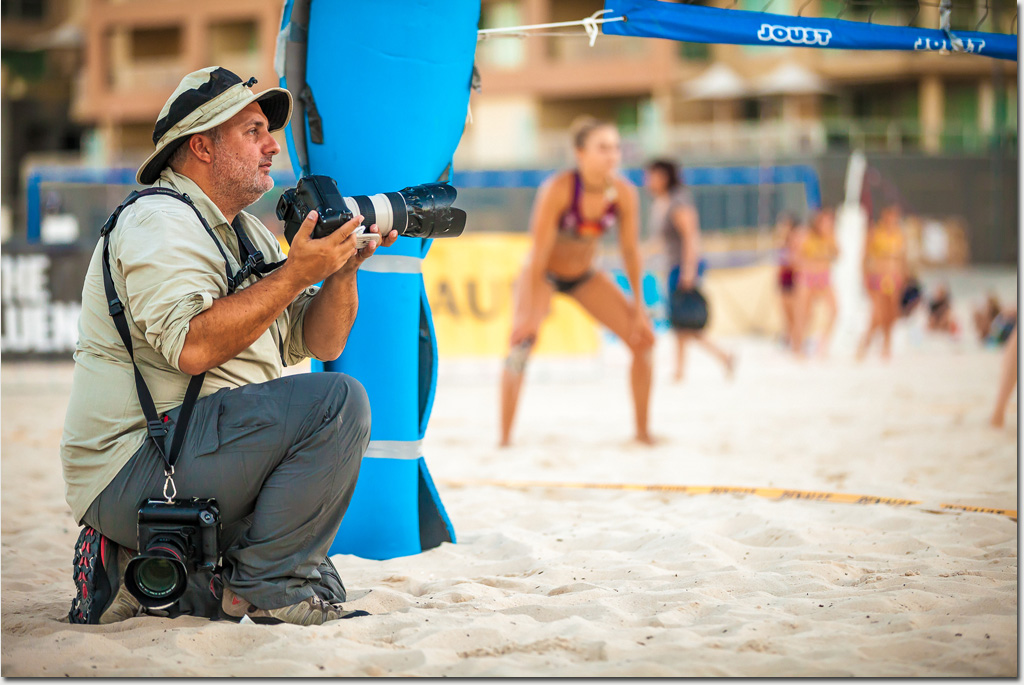
The last thing Owen Hammond is interested in when he is at work are sunsets.
I'm sure if you asked of him the attraction here it would be to capture the amazing athleticism of beach volleyball.
Some office jobs are definitely more attractive than others. Just saying!
Photo: Robert Rath, 'Day 763, Owen Hammond At The Office' 1/500s f/2.8 ISO640 142mm
Friday, January 31. 2014
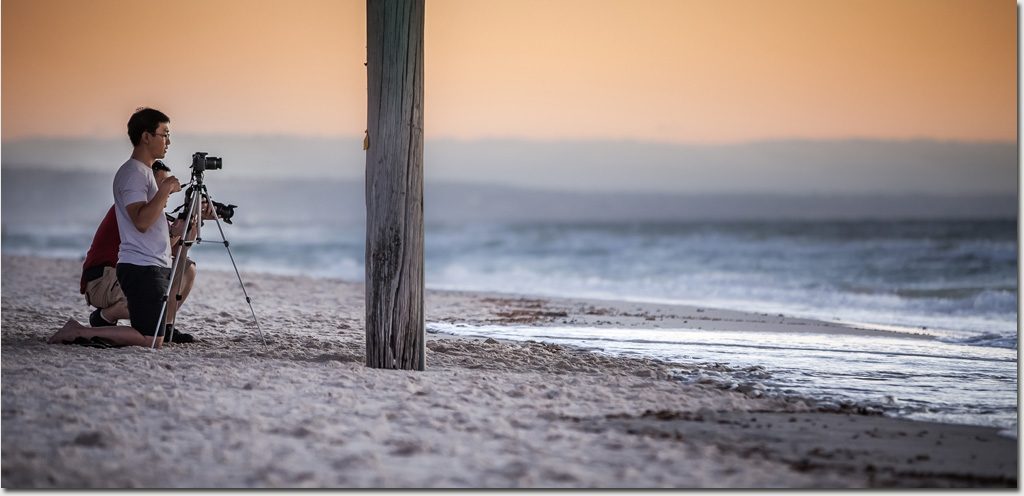
The sunsets of late have been a little disappointing if you where seeking something extraordinary.
It's evenings like these when I am reminded just how extraordinary the light is this time of day and refocus my ideas for an image, something all too easy to forget when you are desperately seeking sunset.
Photo: Robert Rath, 'Day 762, Desperately Seeking Sunset' 1/125s f/2.8 ISO640 200mm
Thursday, January 30. 2014

There are colours in quartz, there are colours from quartz and there are colours through quartz.
The colours in quartz come from included and lattice bound elements such as iron, aluminium or phosphorous.
The colours from quartz come from optical effects such as refraction and scattering.
The colours though quartz come the object and light around it.
This particular crystal, full of inclusions and chips and other flaws is for the most part colourless, it's apparent colours coming from optical effects and the light around it.
Photo: Robert Rath, 'Day 761, Quartz Colour' 1/50s f/11 ISO100 100mm
Wednesday, January 29. 2014
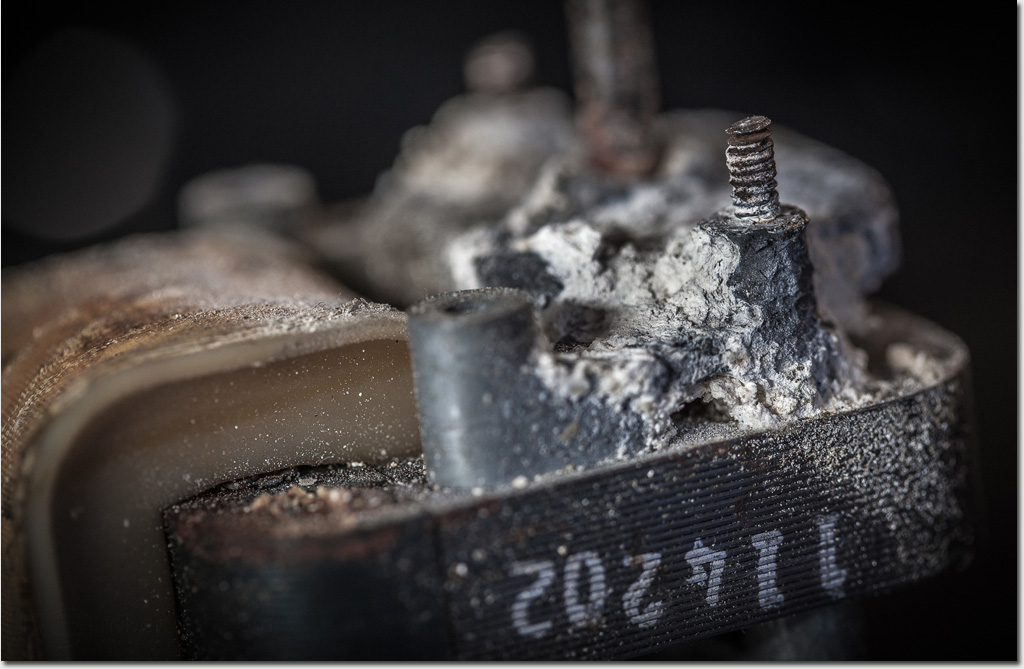
This once functional device had provided years of service pumping water through our air-conditioning system. Despite its corroded state it was still faithfully doing its job, at least until yesterday.
Along came a 44 degC day and it finally jammed up and that was then end of our cooling.
All my attempts to remove the corrosion were in vain, the pump motor had jammed, the bolts had sheared and I no longer trusted the integrity of the insulation.
By all accounts it was beyond repair.
Photo: Robert Rath, 'Day 760, Beyond Repair' 1/13s f/4 ISO160 100mm
Tuesday, January 28. 2014
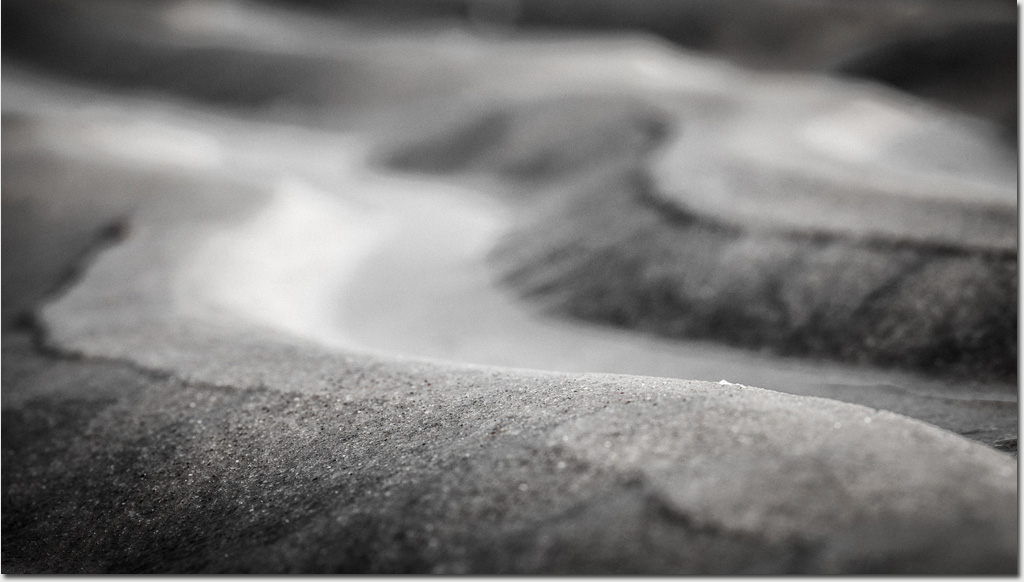
A sandy river valley disappears through the dunes into the distance. Very soon even this landscape will have disappeared completely to be replaced with another.
Just because something in nature is beautiful does not necessarily mean it should be preserved. Beach landscapes show this on a daily timescale, continents show this on a geological timescale while stars and planets show this on a cosmological timescale.
All of the world around is just a transient landscape.
Photo: Robert Rath, 'Day 759, Transient Landscape' 1/320s f/2.8.ISO320 100mm
Monday, January 27. 2014
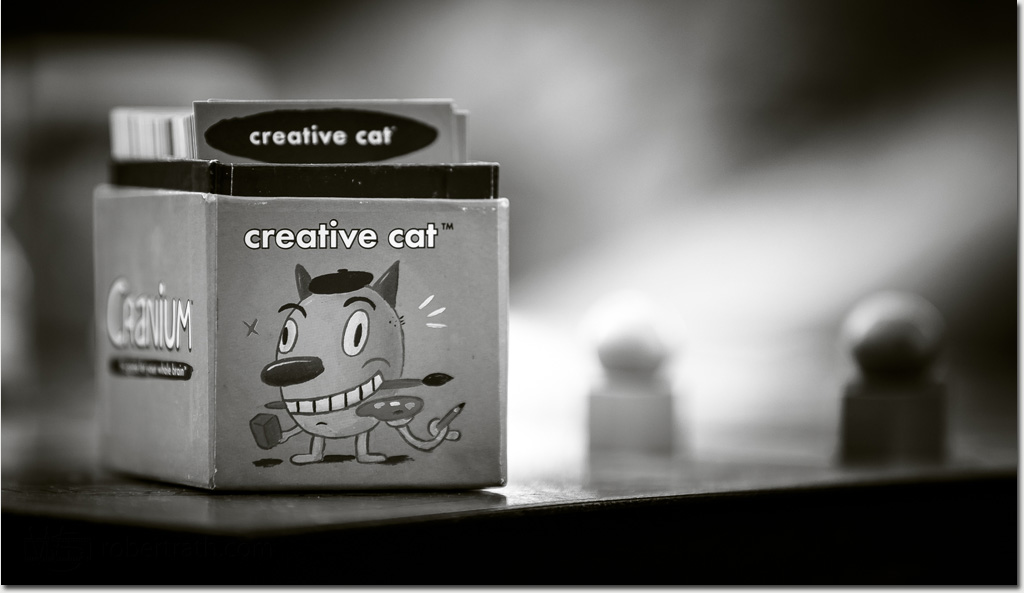
Inanimate objects have always carried a fascination for still life photographers.
Here however the scene is anything but! With cards flying back and forth. With actors, mimes and sculptor engaged and little plastic tokens moving around, the scene is anything but still.
Still life? It's only ever a snapshot anyway.
Photo: Robert Rath, 'Day 758, Creative Cat' 1/500s f/2.8.ISO500 200mm
Sunday, January 26. 2014

There is an unsettling mix of opinions about the 26th January, the day we officially call Australia Day.
Regardless of perspective it is an important day to remember just how fortunate we are here in Australia to live in such a wonderfully diverse and beautiful part of the planet however it is we came to be here.
Looking up in the sky at night and seeing the constellation of the Southern Cross I am happy our nation's flag acknowledges our place under a Southern Sky.
Photo: Robert Rath, 'Day 757, Under A Southern Sky' 1/1000s f/2.8.ISO100 200mm
Saturday, January 25. 2014
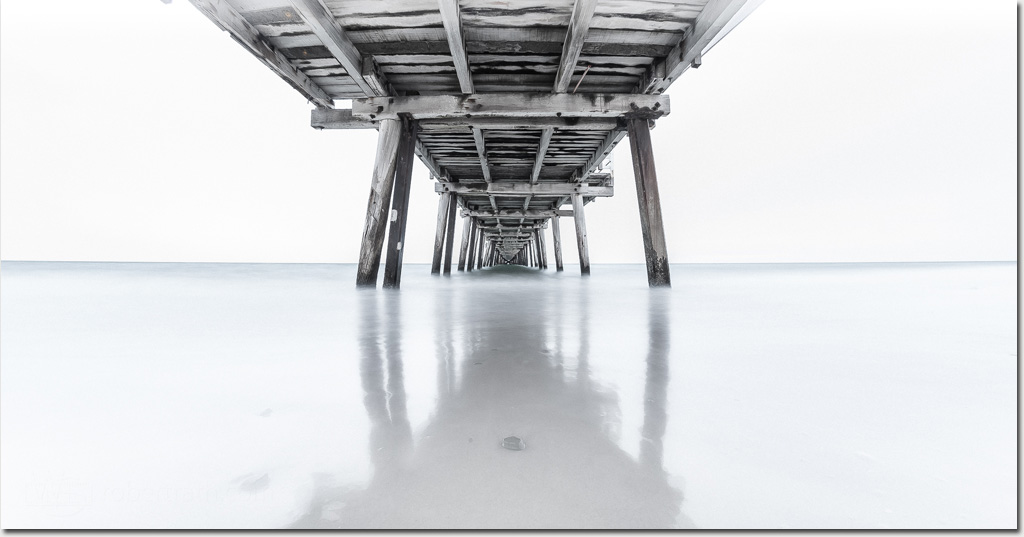
The illusion of perspective suggests this jetty ramps gently down to the waterline in the distance.
Our common sense knows better. Or does it?
If you can tell this is Henley Beach Jetty you'd know there is indeed a gentle ramp down to the waterline after all. If you don't believe me, go check for yourself.
Photo: Robert Rath, 'Day 756, Down To The Waterline' 25s f/11 ISO320 15mm
Friday, January 24. 2014
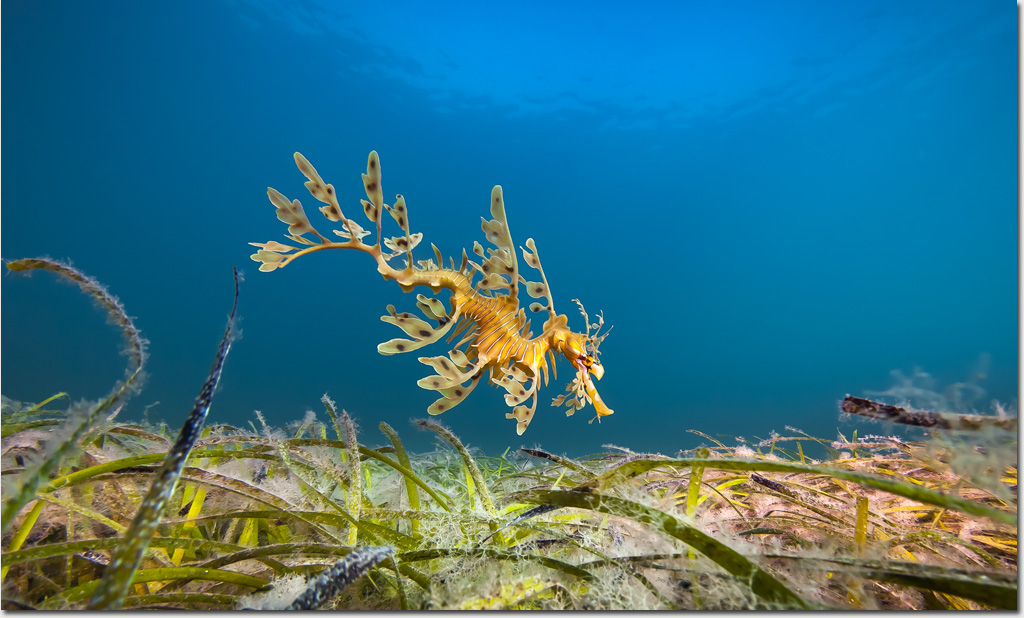
I never tire of diving with Leafy Seadragons and here is another simply magic day down at Rapid Bay.
Every shade of beautiful refers to more than just the dragon.
The gorgeous turquoise blues of the ocean, the emerald greens of the seagrass and the golden yellows of the dragon all come together in this gentle seascape.
Photo: Robert Rath, 'Day 755, Every Shade of Beautiful' 1/125 f/8.0 ISO160 8mm
Thursday, January 23. 2014
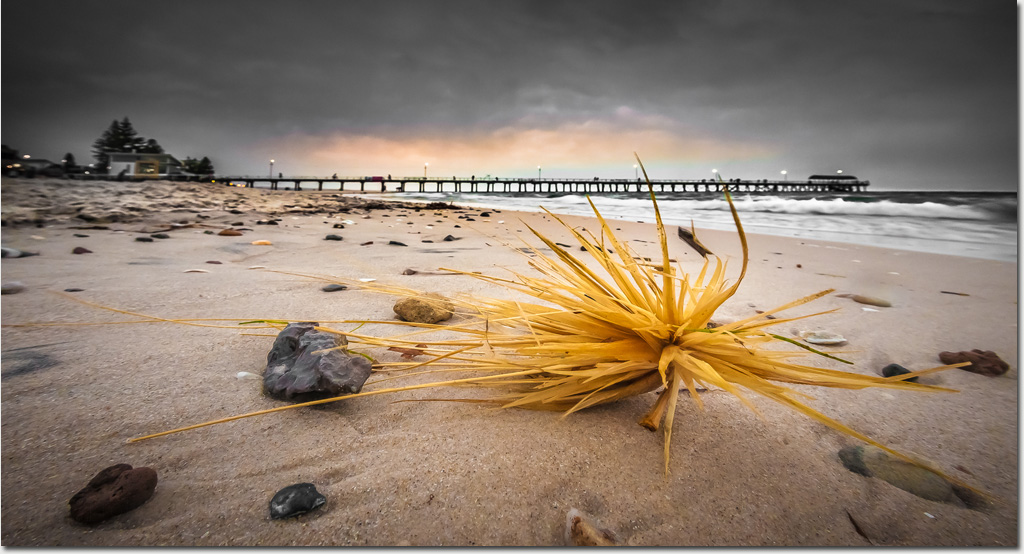
There are always little things that go unnoticed that have their own unique beauty.
This piece of washed up debris would have gone unnoticed by most people who would have walked on by. Change the perspective however and it becomes a subject all unto itself.
Photo: Robert Rath, 'Day 754, Perspective' 1/4 f/16 ISO1000 15mm
|

































